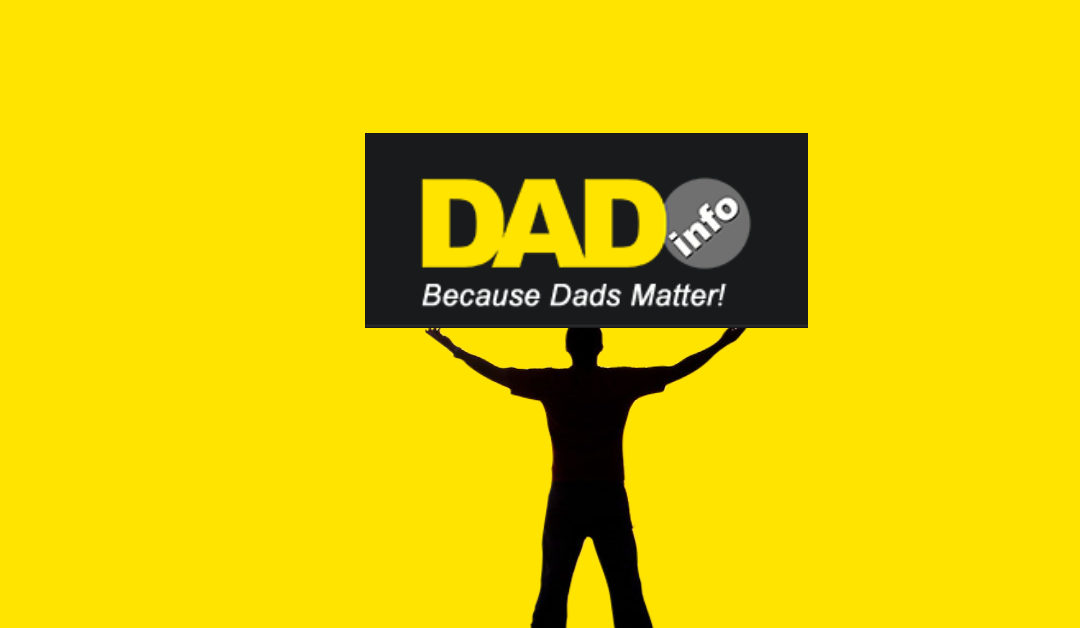When did it come into play?
Shared parental leave came into legislation in April 2015, meaning both parents can now share 12 months of parental leave. This differs to previous entitlements where working fathers were entitled to 2 weeks leave from work following the birth of a child. Now parents have the right to choose how to divide their parental leave between them. Parents can also choose to take leave separately or together at the same time. Further information on eligibility can be found on the gov.uk website.

Dad, baby bonding and your couple relationship…
Men and women experience the transition to parenthood differently, partly because they perform different roles as parents (Moller et al, 2008). Advocates for shared parental leave argue that taking this leave should help new fathers accommodate to parenting demands, promote greater involvement and attachment with their children, and enlarge their proportion of childcare responsibility shared with mothers (Wisensale, 2001).
In a study examining father’s child caring roles during shared leave, fathers who had taken leave, on average, spent more time with their family, shared tasks more, took more responsibility and had higher overall involvement scores than fathers who had not taken leave (Seward et al, 2006).
The impact on your relationship…
A newborn baby in the family is a full-time project, and adding household tasks to taking care of a baby can become quite overwhelming. Therefore, shared parental leave can be a way to adjust to the extra work at home. Those in support of shared leave point out that it means new dads can be at home to help out more. This has been supported by research which found that fathers who had taken shared leave spent more time with their family and helping with tasks than fathers who didn’t take the leave.
Some factors to consider…
A number of factors influence parents’ decision on whether to share leave. These include a combination of mothers’ preferences, fathers’ earnings (and thus potential loss to family income while on leave), combined with policy restrictions and a strong set of social norms and ideologies pointing to mothers as primary caregivers of infants, as well as the need to breastfeed in some cases (McKay et al, 2010). However, families which reject the notion of the father as the primary breadwinner are more likely to share leave (Seward et al, 2006).
It’s different for everyone…
The decision on whether or not to share leave varies based on factors unique to each couple. These can include traditional gender roles of fathers as breadwinners and mothers as carers, whether or not a couple can actually afford to take shared leave, and practical influences such as breastfeeding. These factors will vary and can make the decision to share leave more complex than it initially seems.
References:
McKay, L., & Doucet, A. (2010). Without taking away her leave: A Canadian case study of couples’ decisions on fathers’ use of paid parental leave. Fathering, 8(3), 300.
Moller, K., Hwang, P. C., & Wickberg, B. (2008). Couple relationship and transition to parenthood: Does workload at home matter?. Journal of Reproductive and Infant Psychology, 26(1), 57-68.
Seward, R. R., Yeatts, D. E., Zottarelli, L. K., & Fletcher, R. G. (2006). Fathers taking parental leave and their involvement with children: An exploratory study. Community, Work and Family, 9(1), 1-9.
Wisensale, S. K. (2001). Family leave policy: The political economy of work and family in America. ME Sharpe.








